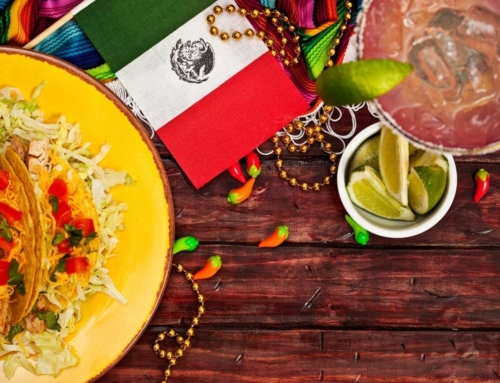Tacos have been a staple in Mexican cuisine for much of recent history and have even gained what could be considered a cult following in the past several years. The origins of this tasty Mexican dish are a bit hazy but interesting nonetheless.
Where did the taco come from?
The exact origins of the taco are unknown. However, Jeffrey M. Pilcher a professor from the University of Minnesota who has been investigating Mexican food for the last 20 years, speculates that they date back to the 18th century in the silver mines of Mexico. Back then the word “taco” referred to pieces of paper that were wrapped around gunpowder and inserted into the holes of carved rock. Come to think of it, a taquito with hot sauce does really resemble a stick of dynamite.
The first time the taco was referenced was in the 19th century as tacos de minero, meaning “miner’s tacos.” The taco is actually a rather new cultural expression.
When did the taco first appear in the U.S.?
In the 1900s, Mexican migrants came to the U.S. to work in the mines and railroads. It was around this time that the taco was first mentioned in a U.S. newspaper.
At this time in the United States, Mexican food was seen as a lower-class street food that was mostly available in Los Angeles and in San Antonio.
In San Antonio, Mexican food was mostly associated with a group of women called the Chili Queens. The Chili Queens were street vendors who would sell food to tourists and at festivals to earn extra money. The Chili Queens became so popular that it is said that tourist came to San Antonio for two things: the Alamo and the Chili Queens.
We’ll be continuing this conversation about tacos in our next blog: The History of the Taco: Part Two: The Rise of the Taco, so stay tuned! In the meantime, learn more about Mexican food and culture by following Chapala’s blog.





